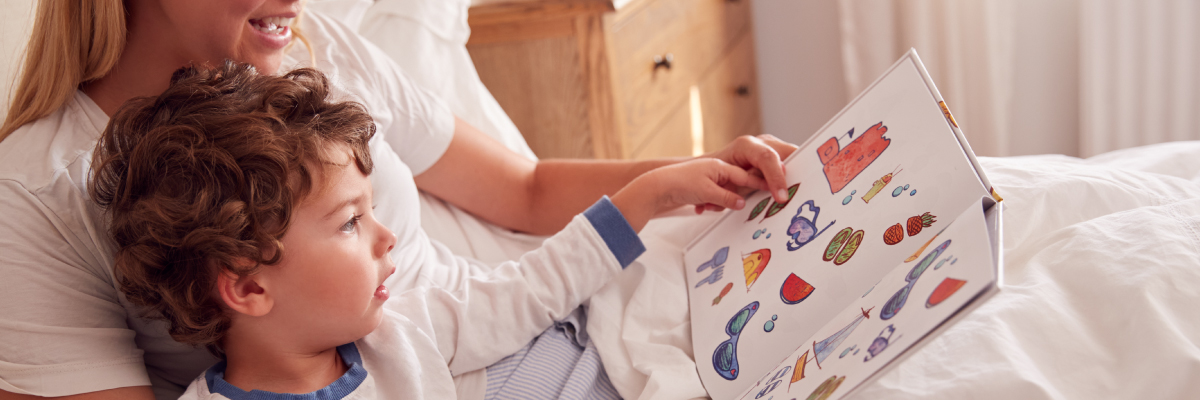
Article at a Glance:
In this series, we’ll be looking at ways to help teach children and teens resilience. It can be difficult to process disappointment, trauma, stress, anxiety, or depression and all of the negative feelings that can come with it. Resiliency will help children and teens deal with these negative feelings in a healthy and appropriate manner. Resilience is a skill, and like any skill, it can be strengthened through practice.
One of the best ways to foster a sense of stability and combat feelings of helplessness is to establish and maintain a routine. Routines can be tailored to fit the needs of the individual child or teen, so younger children can have the structure they need, and teens can have predictability with flexibility.
It’s just as important to model flexibility, especially in times where the only predictable thing is unpredictability. With younger children, it may be more difficult to teach them how to manage their expectations and to adapt to change. Spend time considering what would happen if different portions of the routine become interrupted so that if it happens, you already have a plan for how to adapt.
A resilient life is made up of various daily, and weekly, and even seasonal routines that can be counted on for stability. Which routines could your child have input on or control over?
How these routines have been shaken up in the past, and how your family has adapted? Did you ever have a washing machine break down and have to shift how your family handled laundry?
For older children and teens, spend time discussing with them how they might react to different changes to their routine. Allow them to establish their own contingency plans to help them retain the feeling of control.
It’s not always possible to plan for a schedule change in advance, though, and some children and teens may be more sensitive to schedule changes than others. Keep an open dialogue about how schedule changes make us all feel and what we can do to help us feel better about these upheavals.
View the previous articles in our Building Resilience series here:
Part 1: Keep Things in Perspective
Part 2: Letting It Go
View the next article in our Building Resilience series here:
Part 4: Goal Setting